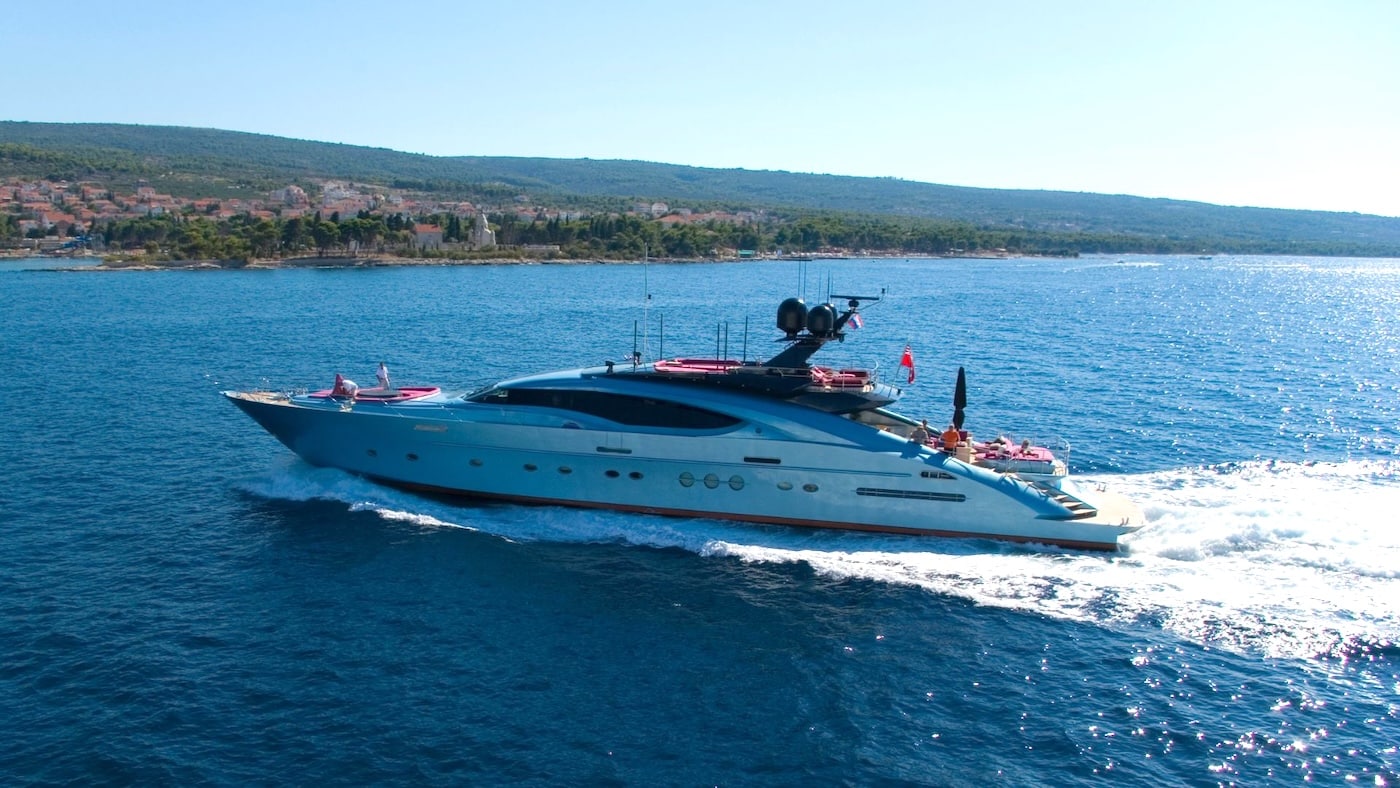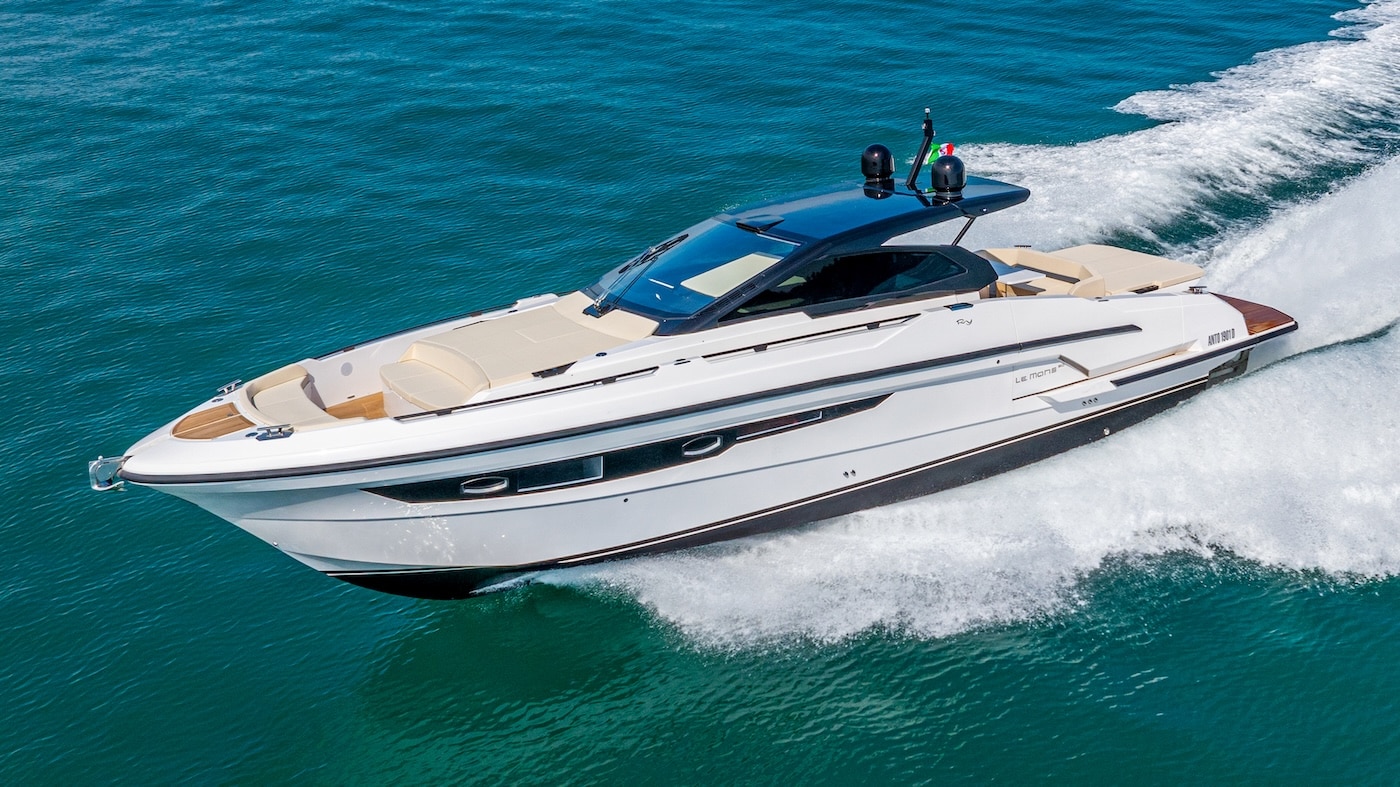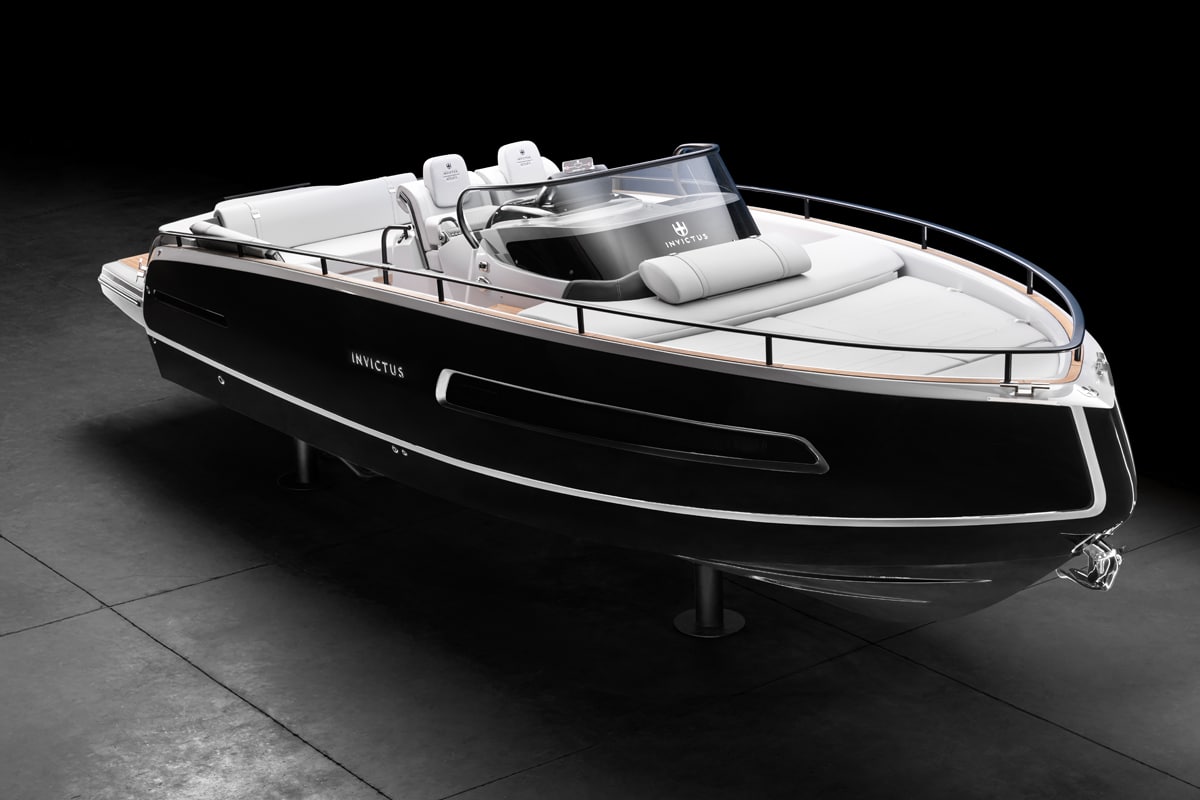Every year, yachtsmen have to deal with the many seasonal maintenance needs of their own boats; one of them if particularly essential and represents the key to a highly efficient hull: we’re talking about antifouling application.
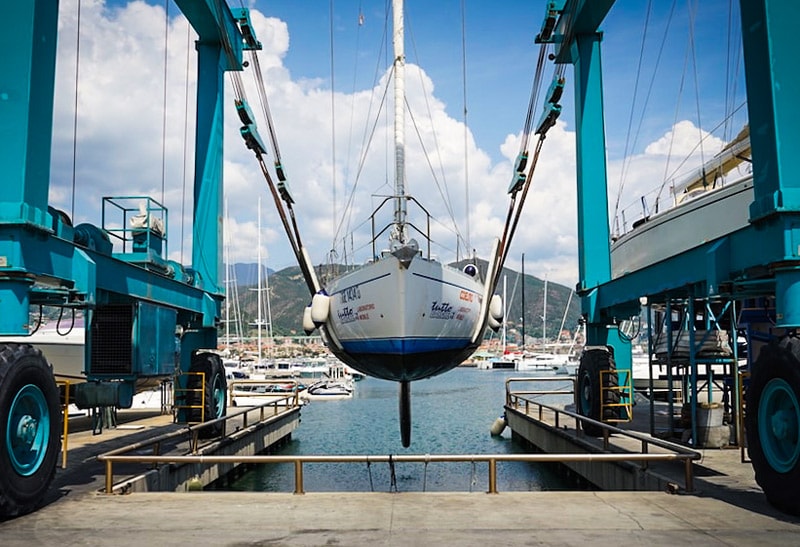
The right compromise is always achieved taking account of some determinants that affect our final choice, including boat speed, water temperature and vegetation of the area where we’re going to sail. Once that all these factors have been carefully considered, we can choose the best antifouling paint for our boat. Every product currently available on the market has specific technical features that makes it more or less suited to the above-mentioned factors.
Last year, we tested, with excellent results, the Magellan 630 SPC by Boero YachtCoatings; this summer, instead, we have decided to test a completely different product on board the Daydreamer, our sailing lab-boat.
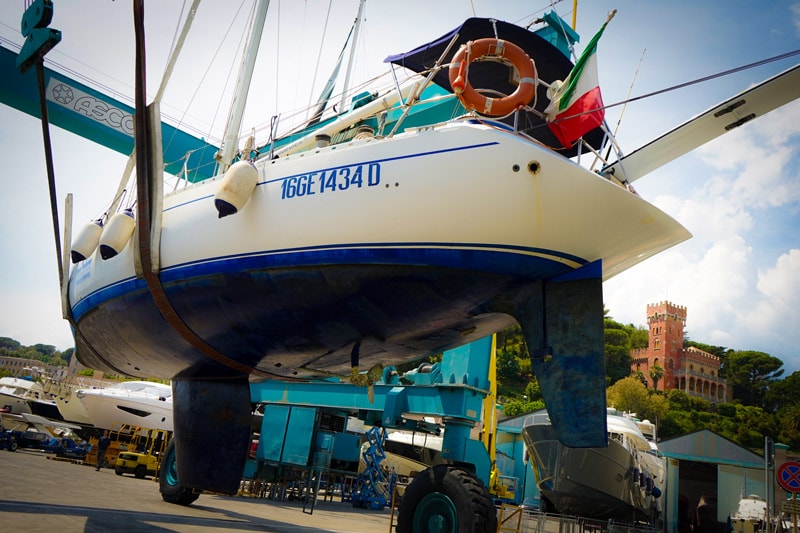
Docked in the Ligurian Sea, our boat sails primarily in the Mediterranean zone of Italian coast and main islands, with an average of 1,500 nautical miles a year, and features a real cruising spirit.
After careful 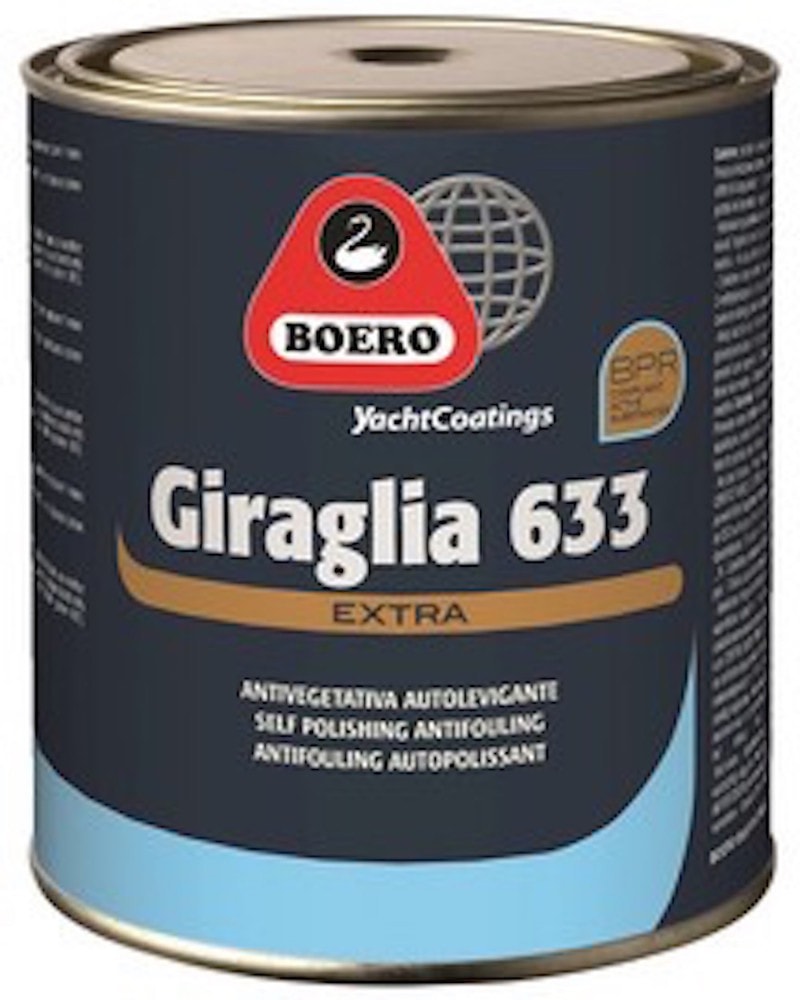
Designed to be effective in warm and temperate seas and in mixed waters, this paint is suitable for both medium-speed hulls and saiboats; also because of its high content of copper compounds, instead of copolymers like the product we tested last year, we thought it was the perfect product for our new comparative test.
Its antifouling power is based on a double chemical and mechanic action: the first is supported by biocides, special slow-acting copper-based compounds that are intended to prevent fouling from forming in the area close to the hull; the second is activated by the progressive exfoliation of paint layers. Navigation will smooth the antifouling surface, removing the first signs of organic materials.
As you can easily understand, sailboats or medium-speed motorboats are an ideal breeding ground to use this double action of products like the Giraglia 633 Extra self-polishing paint while hard matrix products, having just a chemical antifouling action, are more suitable to fast hulls.
Another strength of the self-polishing element is the ease with which old layers can be removed once their biocide power has been lost before the annual application of the new product; this translates into a significant reduction in both maintenance time and costs, without the annoying effect of progressive layering.
Thanks to its features, this product is suitable for any kind of surface, including fiberglass, wood and metal-derived materials ( aluminium, steel, lead..) and can be applied after a first coat of primer. Spray, roll and brush application are all allowed and require two coats of varnish for a correct use. In case of spray application, my advice is to apply a third coat for better results.
In our case, after the complete removal of the previous layers of antifouling through an orbital sander, the paint was roll applied on the layer of primer we applied last year, compatible with the Giraglia 633 Extra. Under Boero YachtCoatings technicians’ supervision, we applied two coats of paint at 11 hours intervals, thereby respecting the mininum time required by the product ( 6 hours).
As usual for our tests, we’ll keep you updated in the next few months in order to see together the real efficiency of the Giraglia 633 Extra self-polishing paint.




















